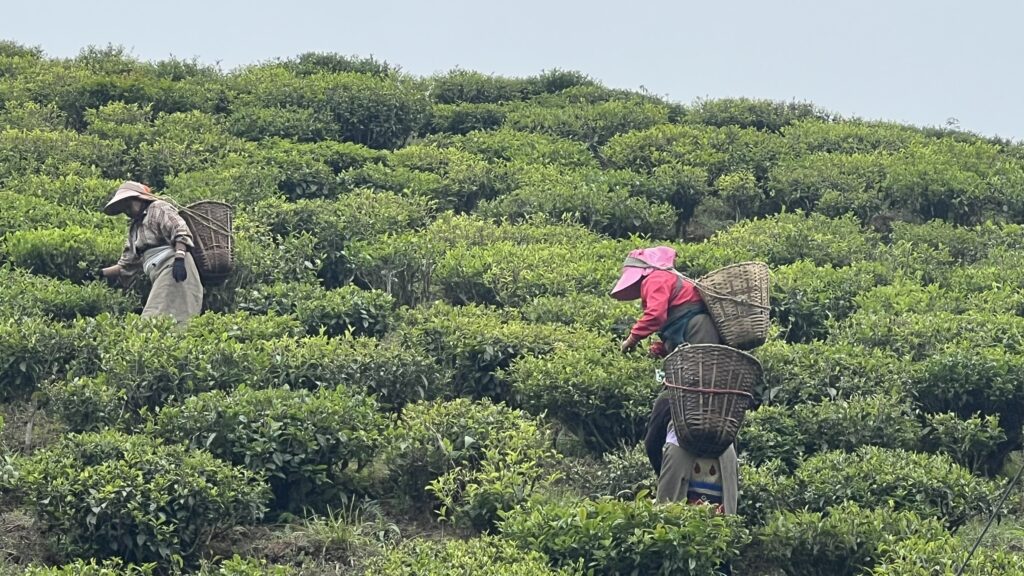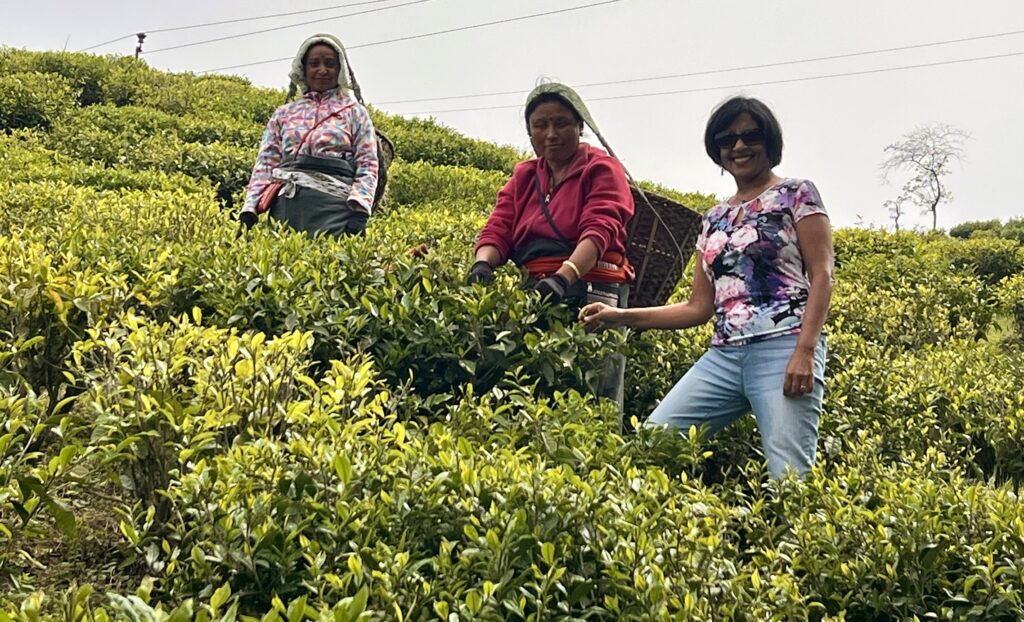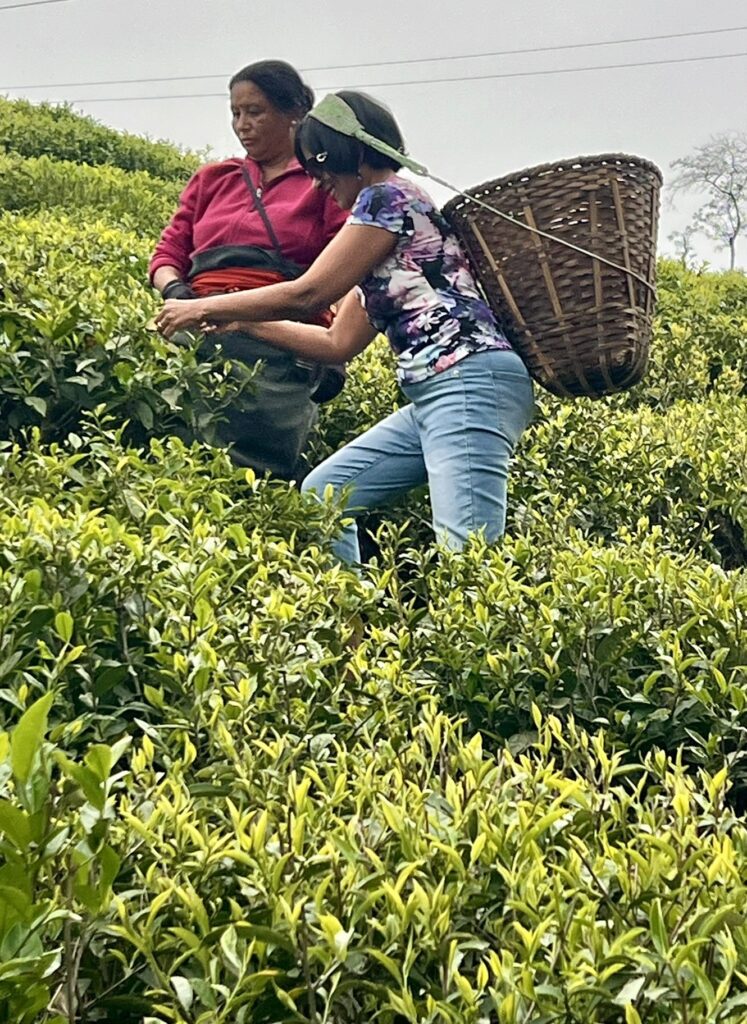3 nights in Mayfair Hill Resort Darjeeling
Darjeeling is a hill station in the northernmost region of the state of West Bengal at an elevation of 2,045 metres (6,709 ft). Kanchenjunga, the world’s 3rd highest mountain, rises to the north and is prominently visible on clear days.
In the early 19th century, during East India Company in India, Darjeeling was identified as a potential summer retreat for British officials, soldiers and their families. The narrow mountain ridge was leased from the Kingdom of Sikkim, and eventually annexed to British India. Experimentation with growing tea on the slopes below Darjeeling was highly successful. By the late-19th century, a novel narrow-gauge mountain railway, the Darjeeling Himalayan Railway, was bringing summer residents into the town and carrying a freight of tea out for export to the world. The tea industry and tourism are the mainstays of the town’s economy.
The nearest airport to Darjeeling is Bagdogra, at a distance of 70km. We flew into Bagdogra at about 3:30pm and our guide and driver were waiting to pick us up. We then started on our zig-zag, uphill drive to Darjeeling. The route was scenic with lush tea gardens, winding roads, forests and glimpses into local life in small villages. We passed by Siliguri, Kurseong, and Ghoom before reaching our gorgeous hotel perched on a hilltop with panoramic views of the surroundings.
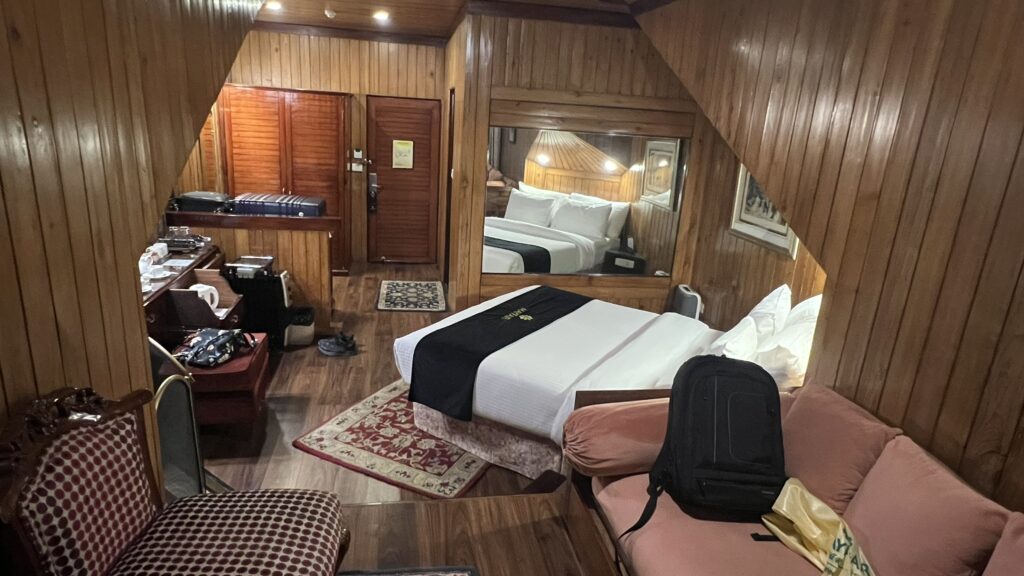
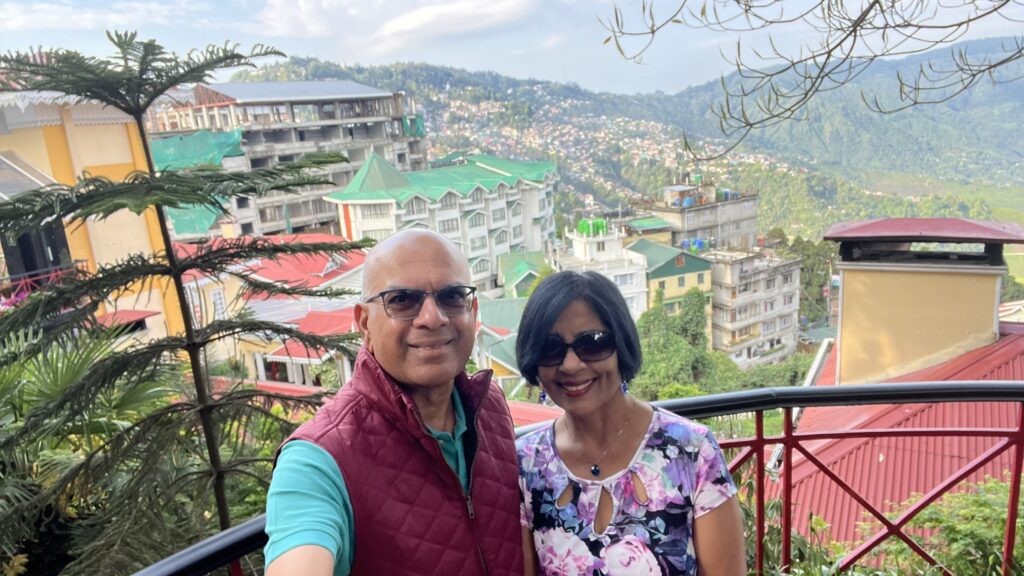

The next 2 days we managed to see quite a few attractions in this beautiful hill station in spite of the narrow roads, crowd, and stop-and-go traffic conditions.
- Tenzing and Gombu rocks
- Rangeet Valley Ropeway
- Padmaja Naidu Zoological Park
- Himalayan Mountaineering Institute (HMI)
- Darjeeling Clock Tower
- Mall Road and Darjeeling Chowrasta
- St. Andrews Church
- Darjeeling Himalayan Railway (DHR) or Toy Train
- Observatory Hill
- Tiger Hill
- Japanese Peace Pagoda
- Happy Valley Tea Estate
Tenzing and Gombu rocks – Our first stop today was to view 2 famous rocks in Darjeeling – Tenzing and Gombu rocks situated on Lebong Cart Road and face opposite to each other. The huge Tenzing rock is named after Tenzing Norgay, who was famous for climbing the Mount Everest accompanied by Edmund Hillary in the year 1953. Gombu Rock has got its name after Nawang Gombu. He was Tenzing’s nephew and he had climbed the Everest twice (1963, 1965) and became the first person to do so. These rocks are used by rock climbers for training purposes.
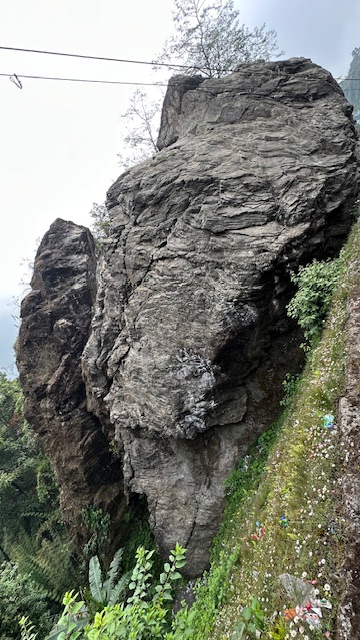
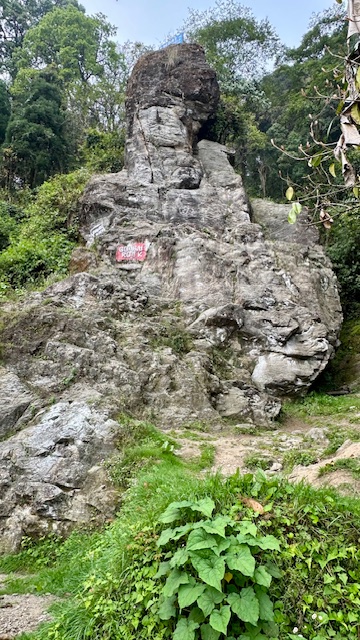
Rangeet Valley Ropeway – A few things to know about this Ropeway:
- The ticket counter at this place opens at 10am, but lines for the tickets start forming as early as 8am.
- While our driver drove us to Tenzing and Gombu rock, our guide was kind enough to stand in line from 8:45am to buy the tickets.
- After we got the tickets, we waited in line for 70 minutes to get onto the cable car as there were at least 100 people in front of us.
- Each cable car can hold 6 people and it takes off every 3-4 minutes.
- It takes 40 minutes for the round trip (20 min down and 20 min back up). You get breathtaking view of the valley below, lush green tea fields on sloping hills, colourful houses and forest.
If you don’t want to spend 2 hours standing in the line, first for tickets and then to get onto the cable car, you should skip this activity. You can see this kind of scenic beauty from many other places.
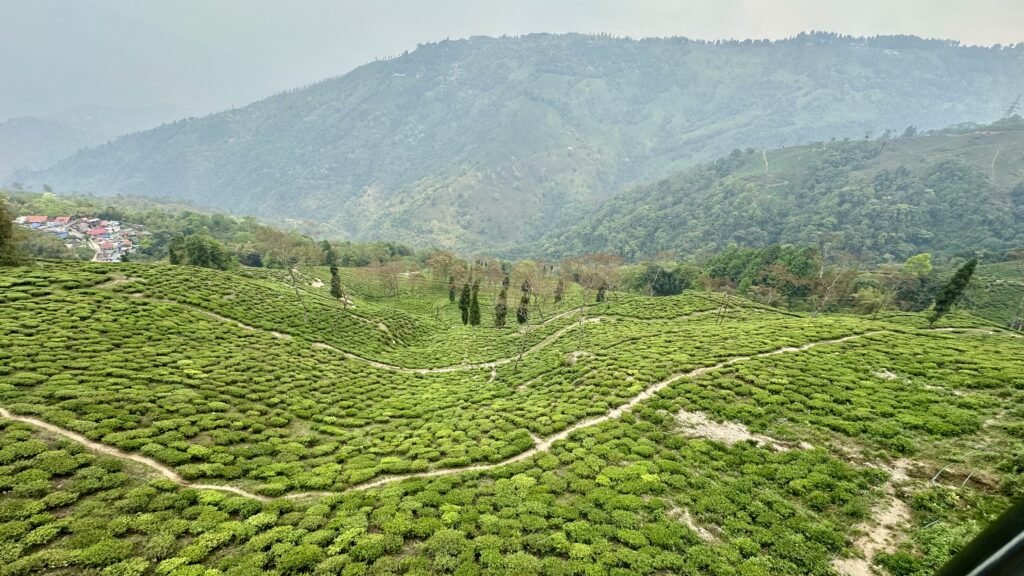
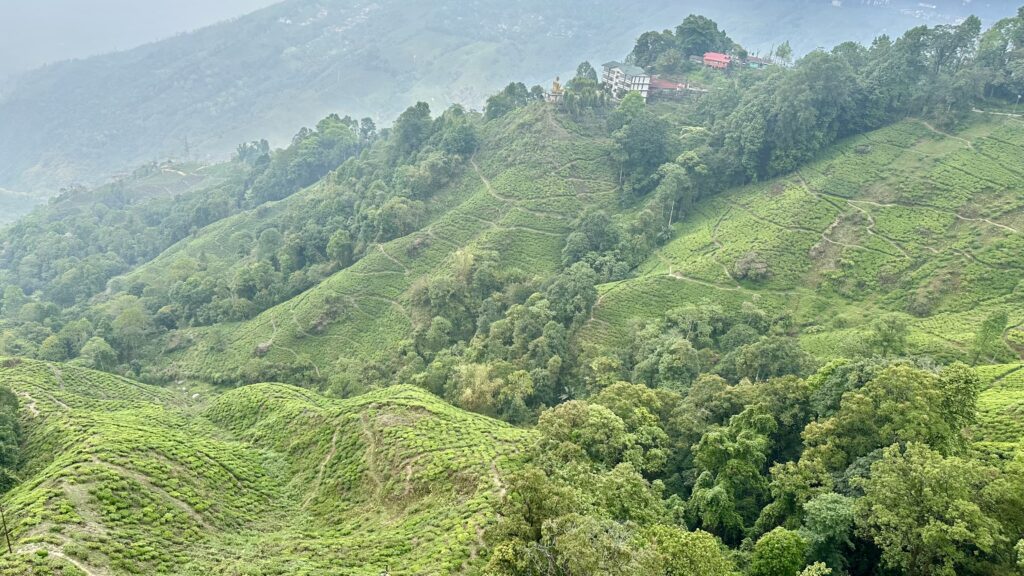
Padmaja Naidu Zoological Park – Our next stop was at the zoo which is in the same location as the Himalayan Mountaineering Institute (HMI) – ticket will include visits to the Zoo, HMI, and the HMI museum.
The Padmaja Naidu Zoological Park is a splendid enclosure housing a wide variety of animals. Also known as Darjeeling Zoo, this is a haven for animals of all kinds. The zoo is known internationally for its breeding and conservation programs and also includes an off-display breeding centre for snow leopards and red pandas. This attraction was set up in 1958 and was named after the former governor of West Bengal, Padmaja Naidu, who was also the daughter of Sarojini Naidu. Some of the animals housed in the zoo include Himalayan Goral, Himalayan Tahr, Bengal Tiger, Barking Deer, Wolf, Leopard, many species of birds etc.
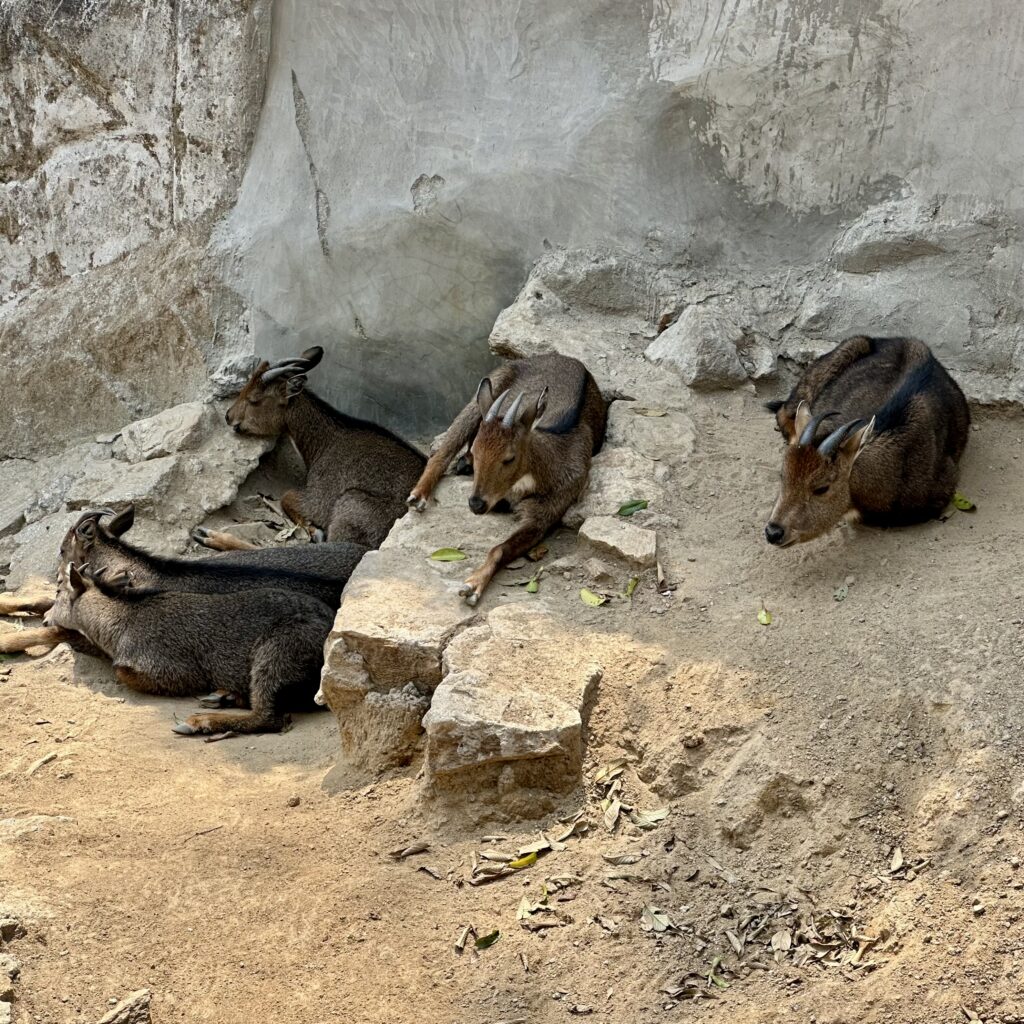
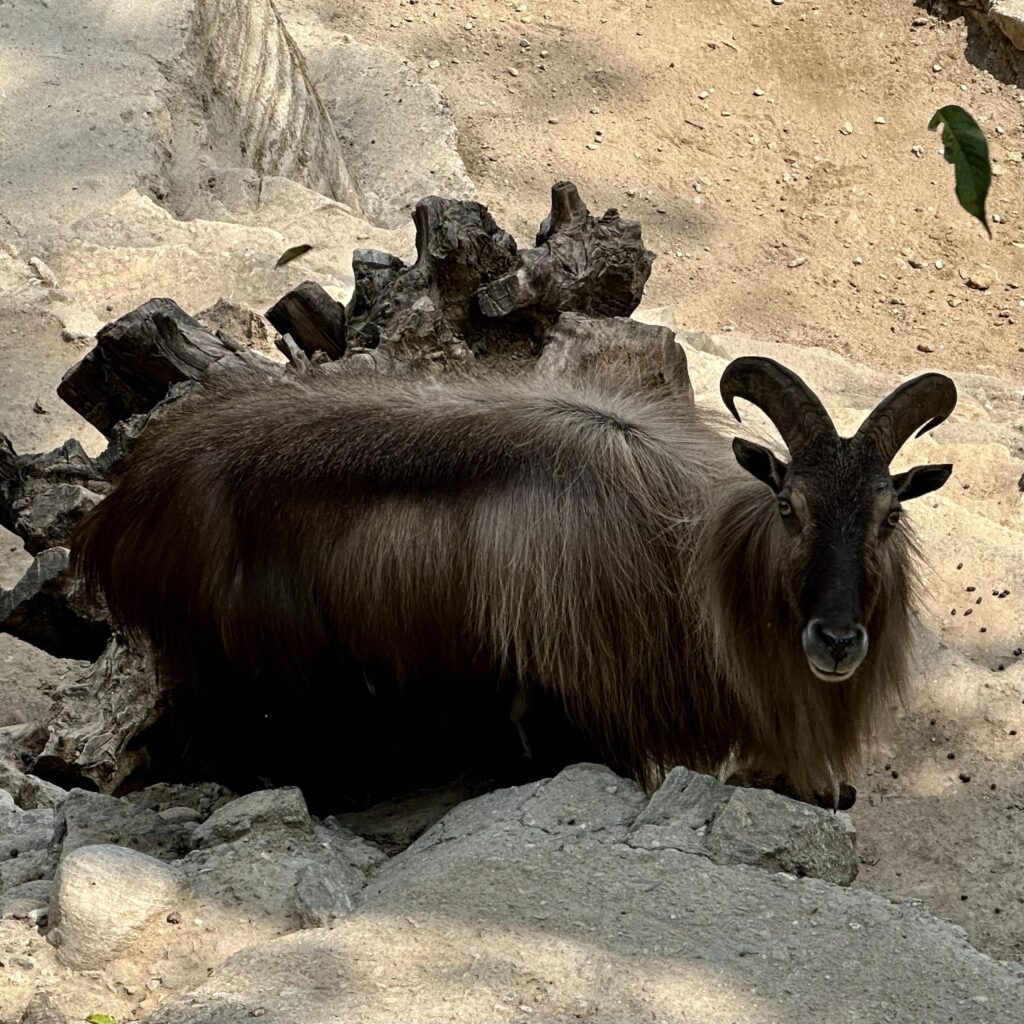

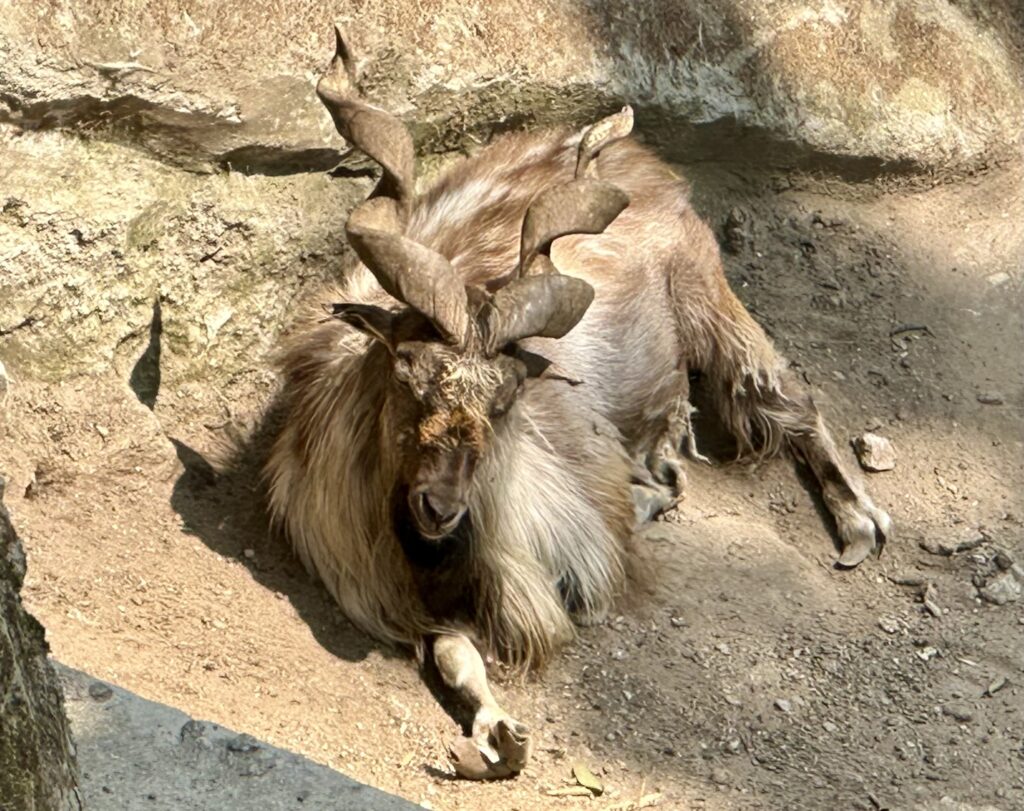
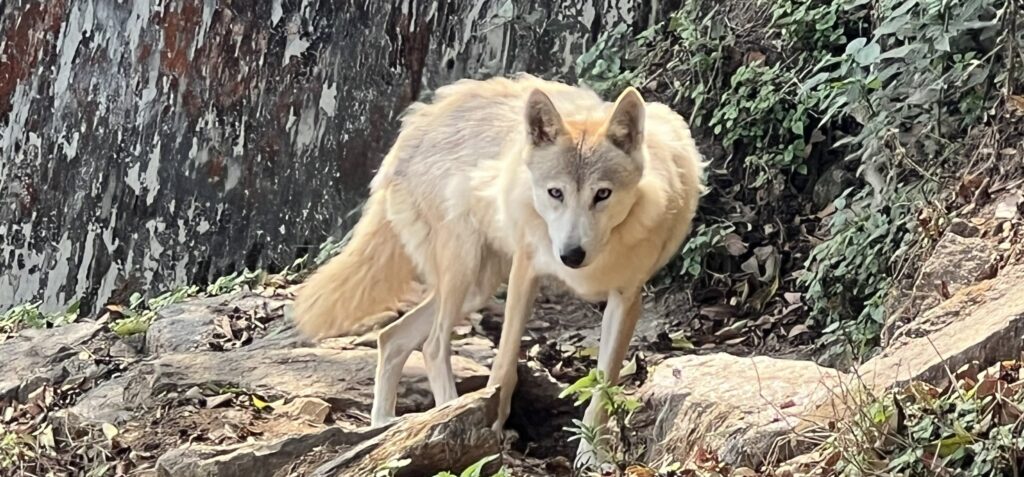


Himalayan Mountaineering Institute (HMI) – The institute is situated on the same grounds as the Zoo. This prestigious institute was founded in 1954 and has provided training for some of India’s leading mountaineers. Its mountaineering Museum exhibits evocative memorabilia from some of the Everest expeditions, which set off from Darjeeling.

Just outside the museum are Tenzing Norgay’s samadhi (Cremation spot) and his statue. Tenzing was a director and advisor at the institute for many years.

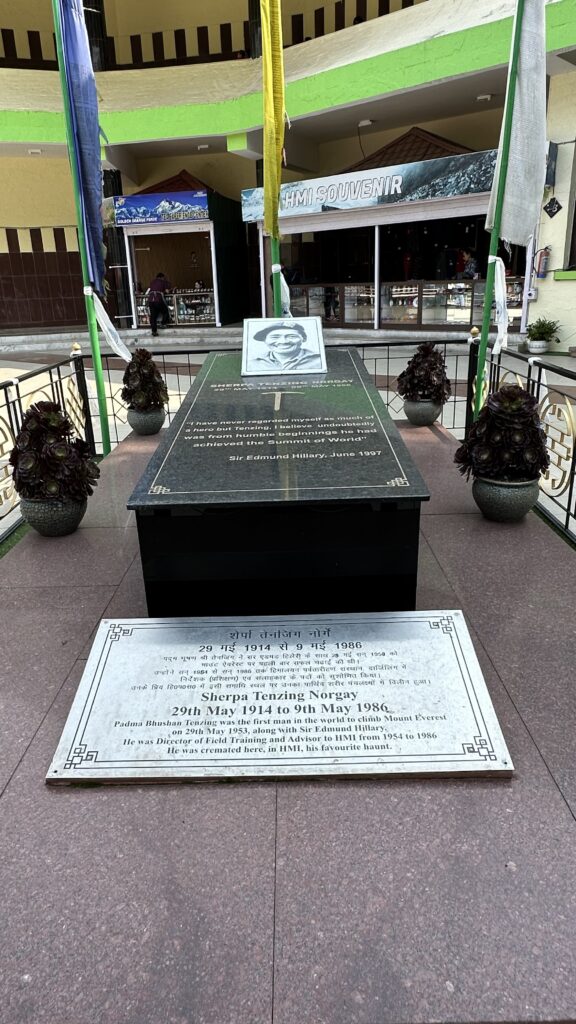
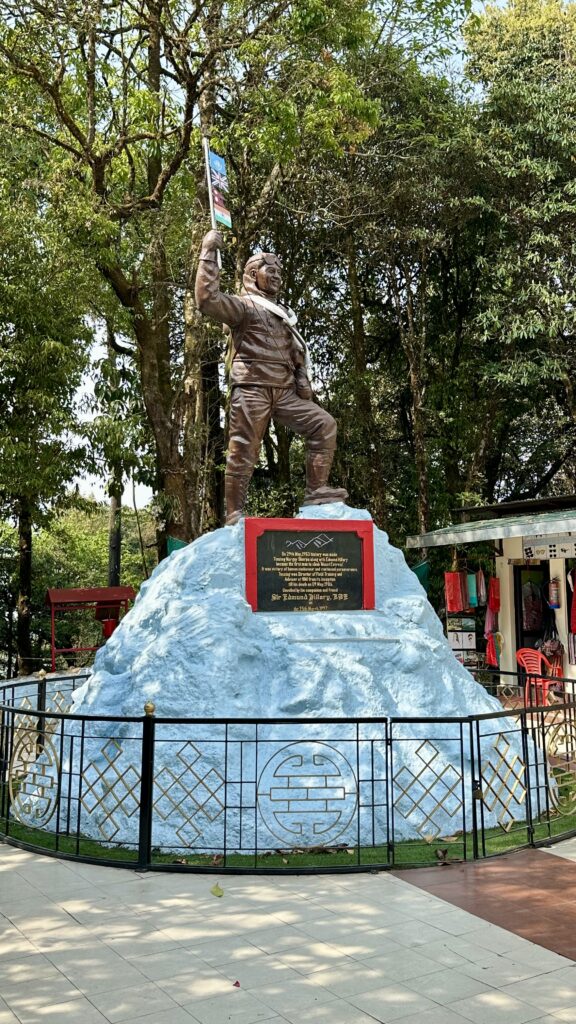
Darjeeling Clock Tower – This structure is one of the oldest structures of Darjeeling . It was constructed in 1850 by the late Raj Sahib Kharga Bahadur Chettri, who also constructed most of the iconic structures in town. A municipality building at first but later it turned into the capital hall due to a shortage of facilities to conduct meetings, banquets and other events.
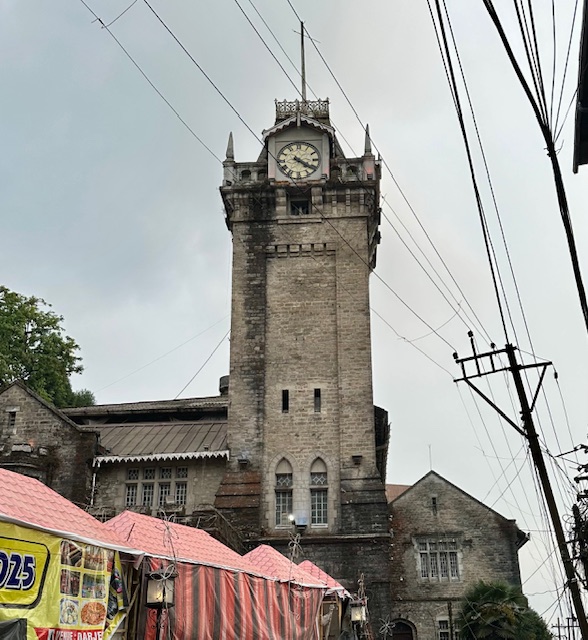
Darjeeling Chowrasta and Mall Road – The Mall road in Darjeeling is located in the heart of the town with shopping and eating opportunities. It is also a traffic free zone and leads to the lively Chowrasta or promenade where locals and tourists can take leisurely strolls or simply relax on the numerous benches scattered around the square. The area is adorned with beautifully landscaped gardens, creating a picturesque setting for enjoying the cool mountain breeze. One can enjoy a cup of Darjeeling tea at the nearby tea stalls or a lively cultural performances that occasionally take place at this place.
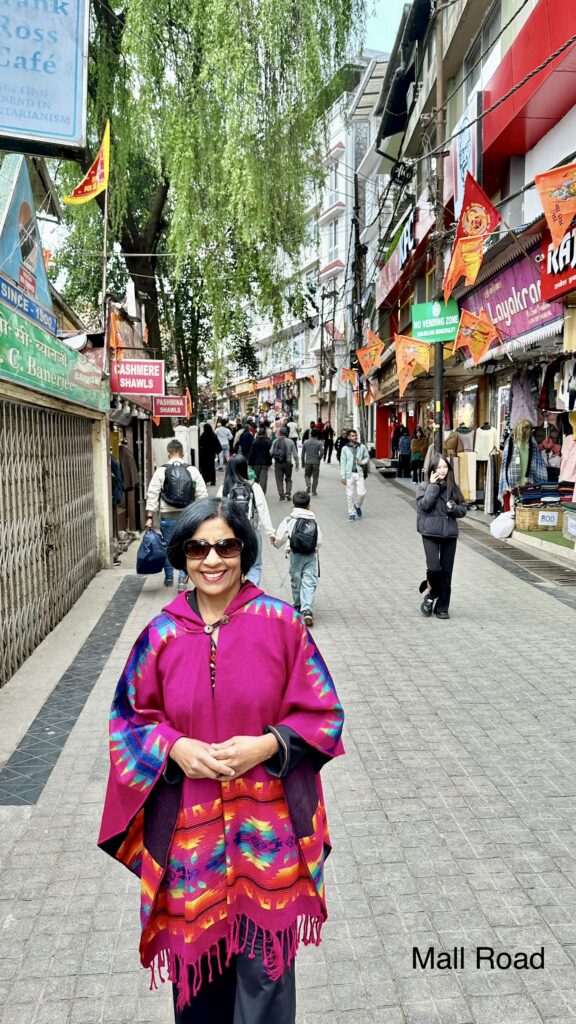

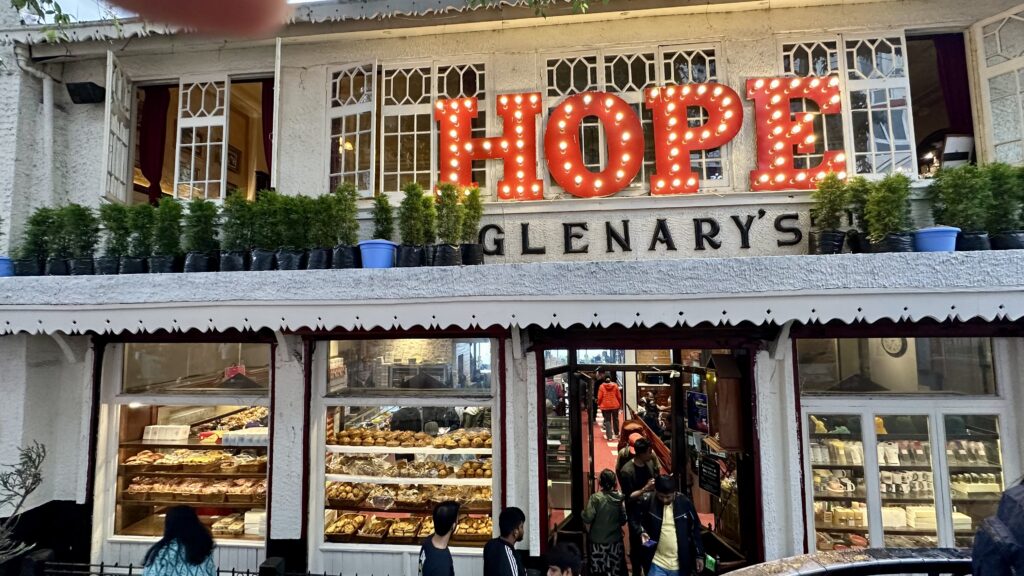

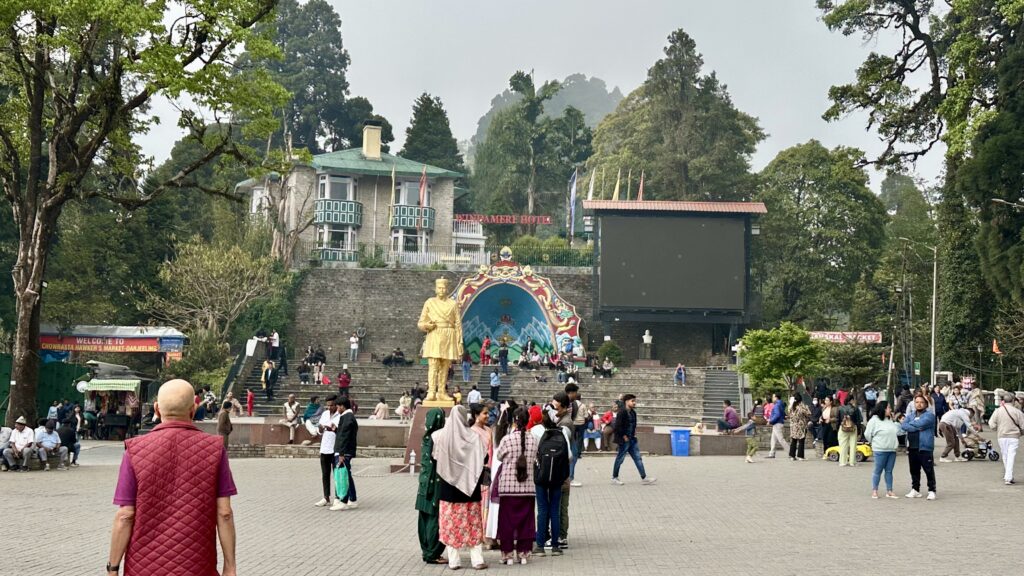
St. Andrews Church – Situated near the mall road, this heritage site of Darjeeling is named after the patron saint of Scotland. Inlaid marble inscriptions still bear some famous names of Darjeeling’s earliest residents, including Lt. General A. Lloyd, discoverer of the town and Countess Canning, the wife of India’s last governor-general and first viceroy Charles Canning.

Darjeeling Himalayan Railway (DHR or Toy Train) – is a 2 feet narrow gauge train that runs between New Jalpaiguri and Darjeeling. The construction of this 88-kilometre long railway line took place between 1879 and 1881, and a ride on this train route has been a coveted experience ever since. It is one of the few hill railways still operating in India and has a UNESCO World Heritage listing since 1999. There are around 6 of these trains pulled by antique steam locomotives and 3 with diesel engines.
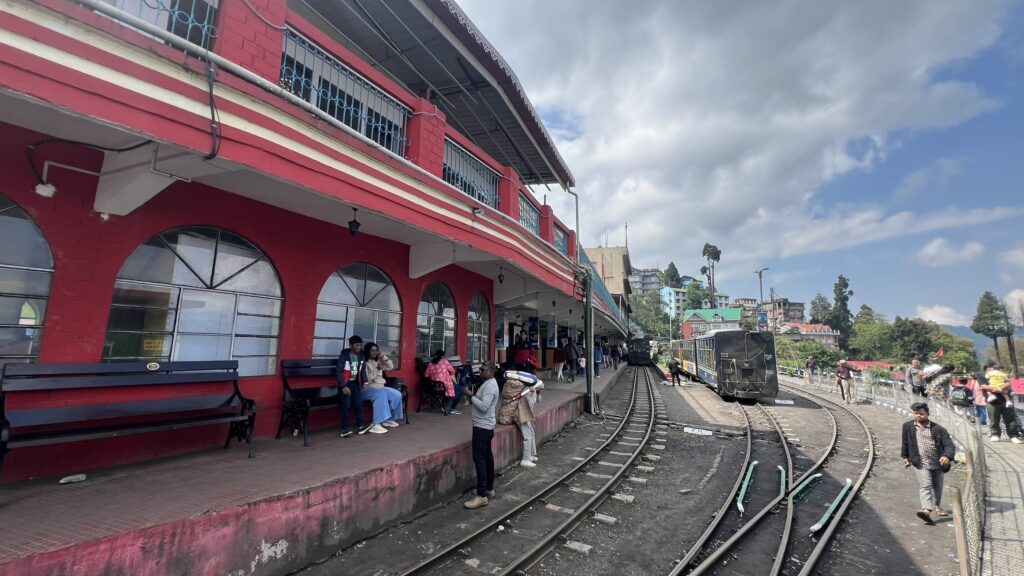


It takes about 7 hours to travel between New Jalpaiguri(NJP) and Darjeeling. You can take shorter rides on the toy train. We took a 45min(one-way) train ride from Darjeeling to Ghoom via Batasia loop on the steam locomotive. The train tracks run right next to the roadway on one side and shops on the other. We could touch the items in the shops as we passed by. The train/tracks can sometimes cross over to the other side of the road.
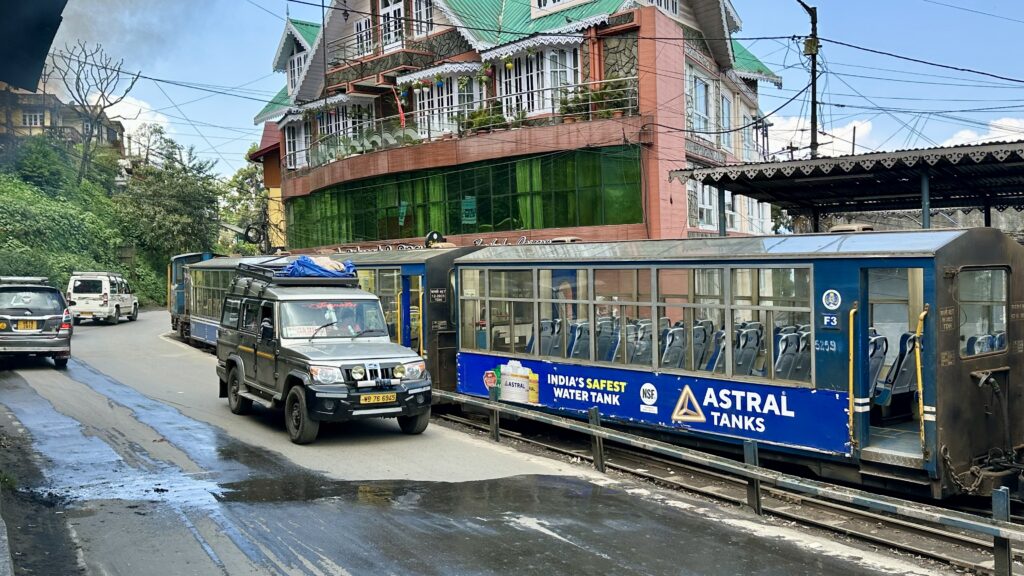
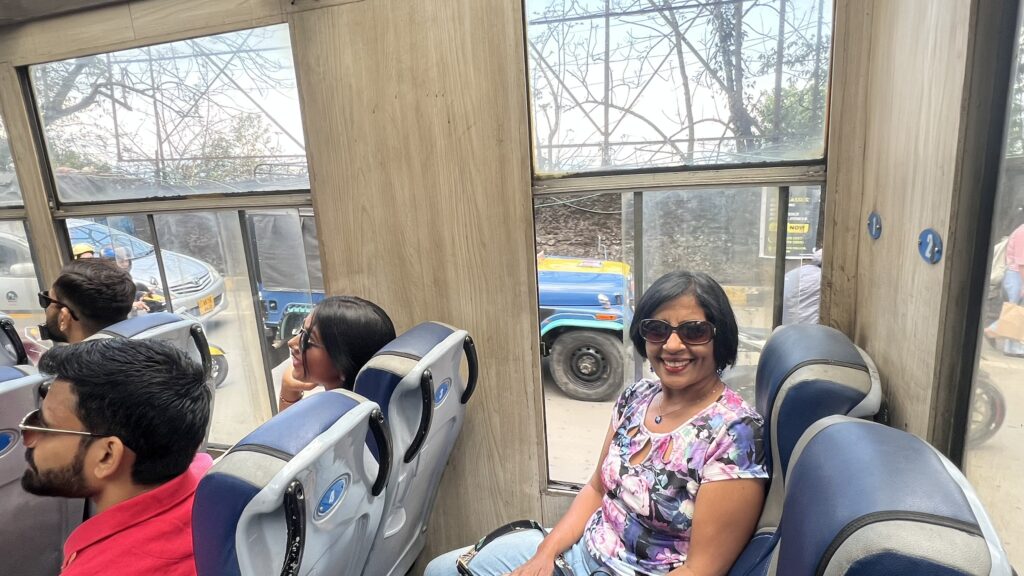
Darjeeling Himalayan Railway, Batasia Loop – On the way to Ghoom, we passed by the Batasia Loop which is 5km from Darjeeling. It is a spiral railway created to lower the gradient of ascent of the DHR. At this point, you can watch the remarkable way in which the train almost imperceptibly negotiates a circle and descends 1000 ft. in altitude. It was commissioned in 1919.
The train stops at Batasia Loop for 10 minutes to fill in fuel(water) and also to give the passengers some time to take pictures of the garden and surroundings. At the centre of Batasia Loop stands a War Memorial that was constructed to commemorate the brave Gorkha Soldiers, who sacrificed their life to protect the sovereignty of the Nation since independence.
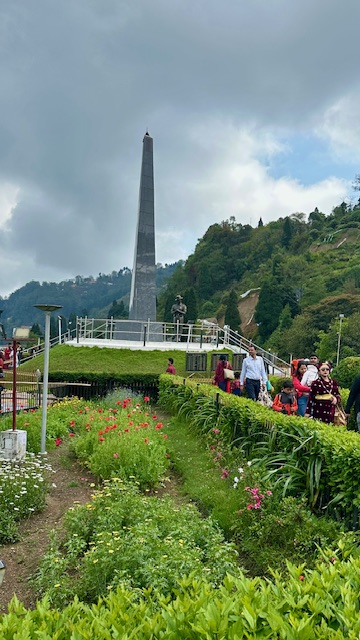
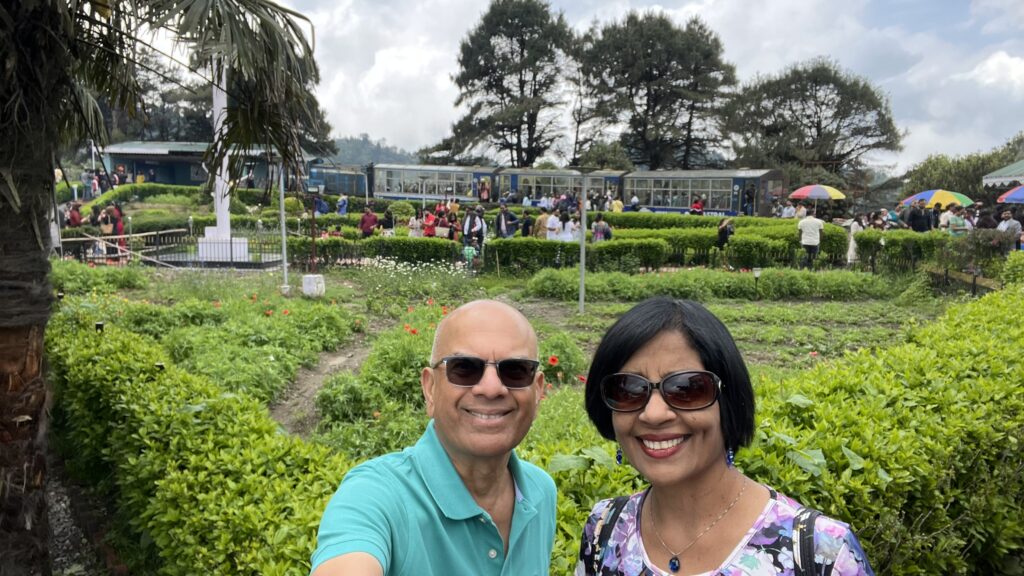
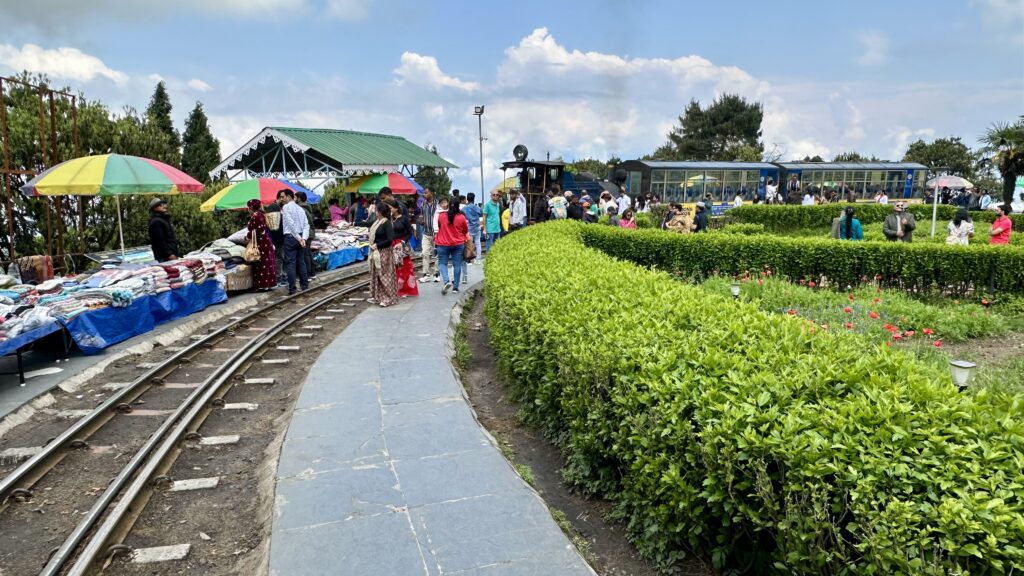
Darjeeling Himalayan Railway, Ghoom – After 45 minutes of fun, we reached Ghoom railway station. Ghoom is a small hilly neighborhood and has the highest railway station in India. It is situated at an altitude of 2,258m (7,407 ft). Our driver and guide were waiting for us here to take us to our next attraction.
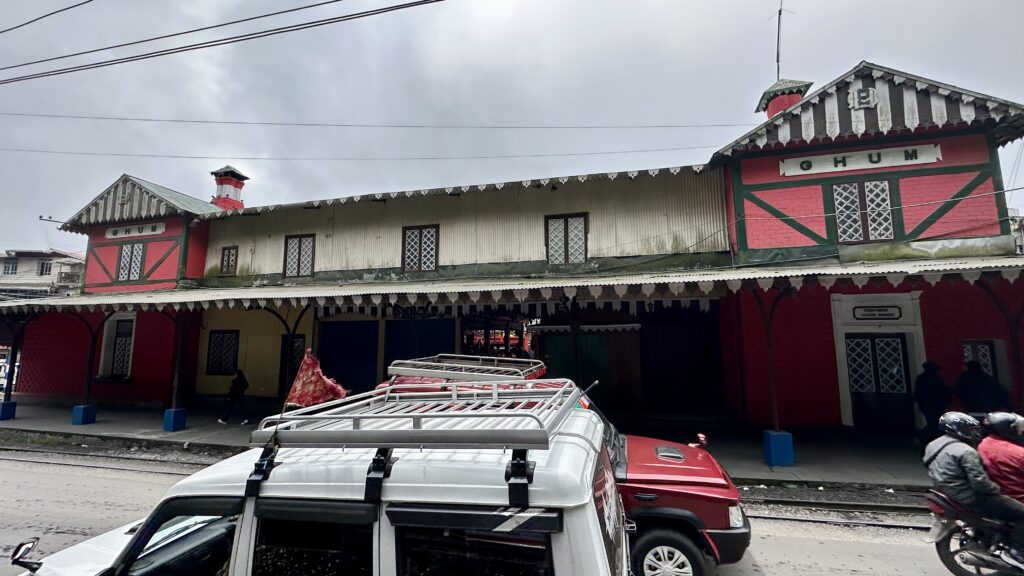
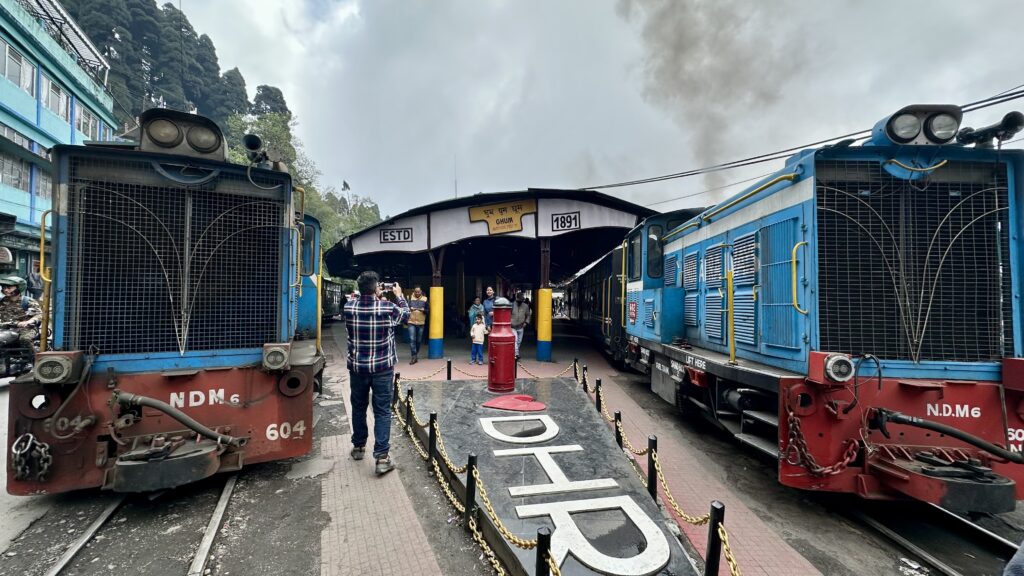
Observatory Hill – The hill rising above Chowrasta is home to a much-visited temple. A 15 minute uphill trek will take you to the summit where there is a Mahakal temple dedicated to Lord Shiva and holds 3 gold plated icons of Brahma, Vishnu, and Shiva. It is staffed by a Hindu priest and Buddhist lama sitting side by side in an admirable display of religious coexistence.
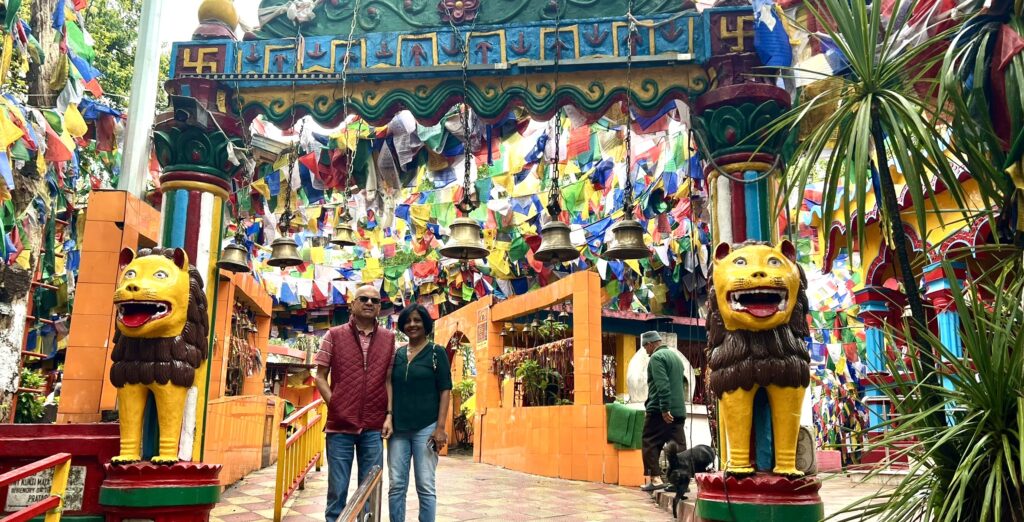
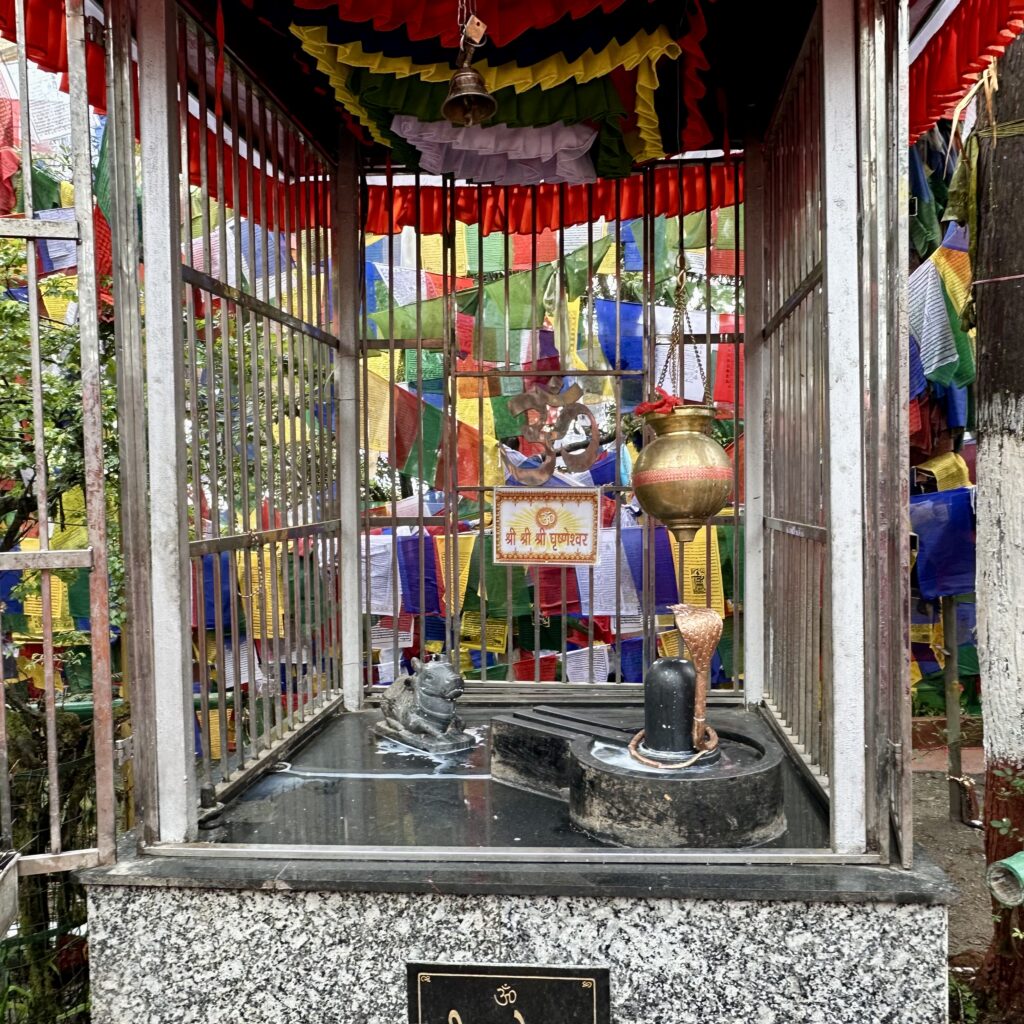
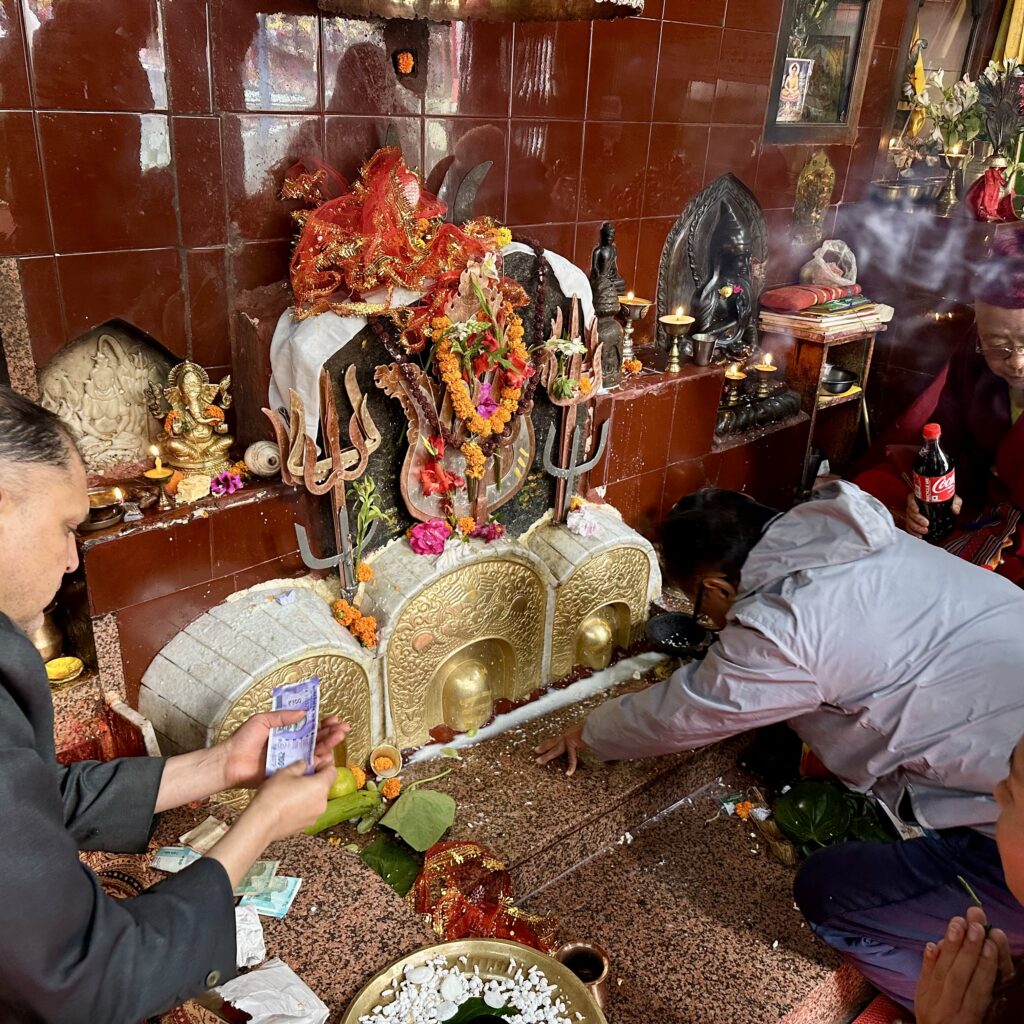
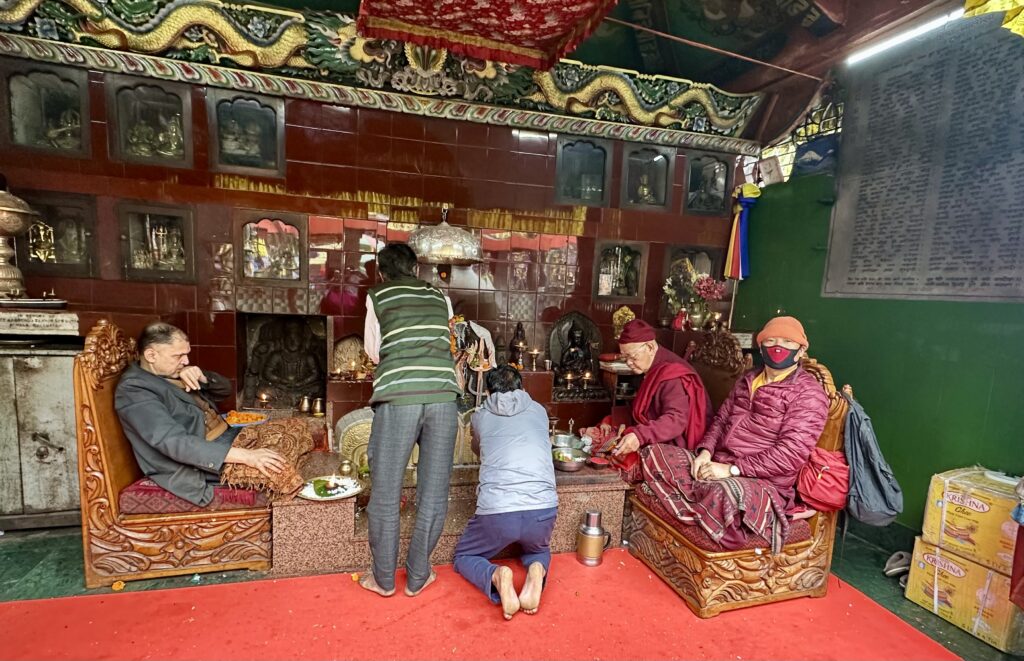
Note: Although this place is located on top of a hill, you do not get a great view of Darjeeling and the surrounding mountains. There are thick trees hiding the view in all directions.
Tiger Hill – Lying at an altitude of 2590 meters and a distance of 13 km from the Darjeeling, Tiger Hill is famous for its splendid sights of sunrise and a view of the snow-capped peaks of Kanchenjunga. People usually start arriving at Tiger hill by 4 AM and the roads leading to the top gets blocked by jeeps and cars. There is a huge stadium for people to sit and wait for sunrise. The whole area gets jam packed with people by 5am.
Unfortunately for us, the weather on the 3 days we stayed in Darjeeling was cloudy and hence we decided not to bother waking up early. We did visit Tiger Hill on one of the afternoons, but did not get a clear view of the surroundings as it was a cloudy day.
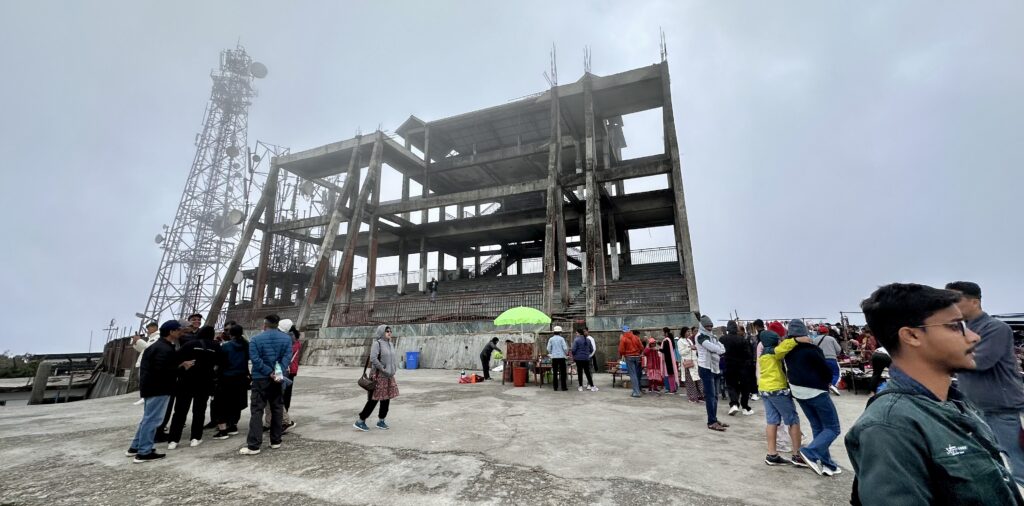
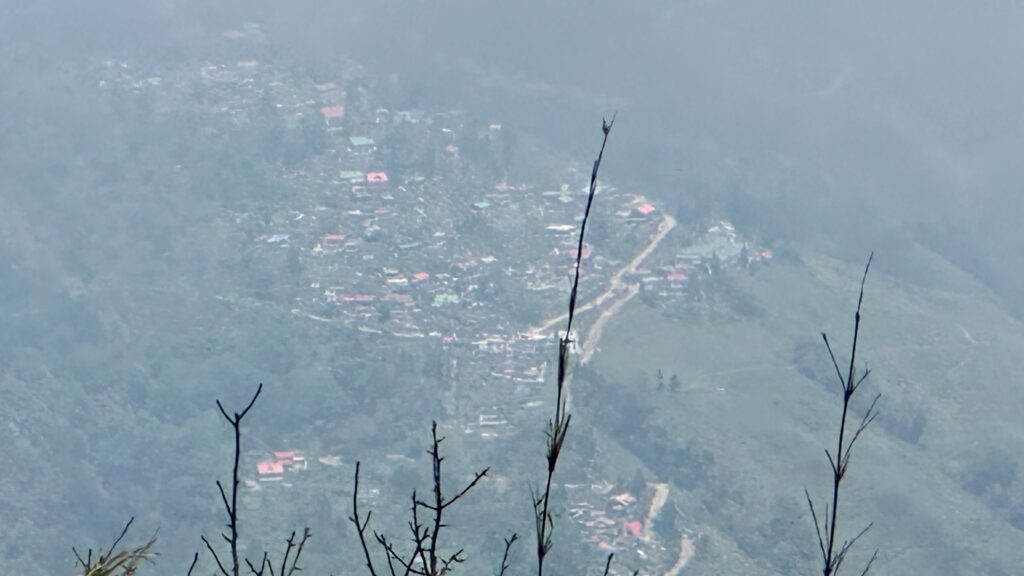
Japanese Peace Pagoda – Perched on a hillside 2km south of the town center, the gleaming white, 28m high Peace Pagoda is one of the 70 pagodas built around the world by the Japanese Buddhist Nipponzan Myohoji organization. The pagoda was inaugurated on 1 November 1992 and houses the four avatars of Buddha including Maitreya Buddha. There is also a Buddhist temple in the complex.
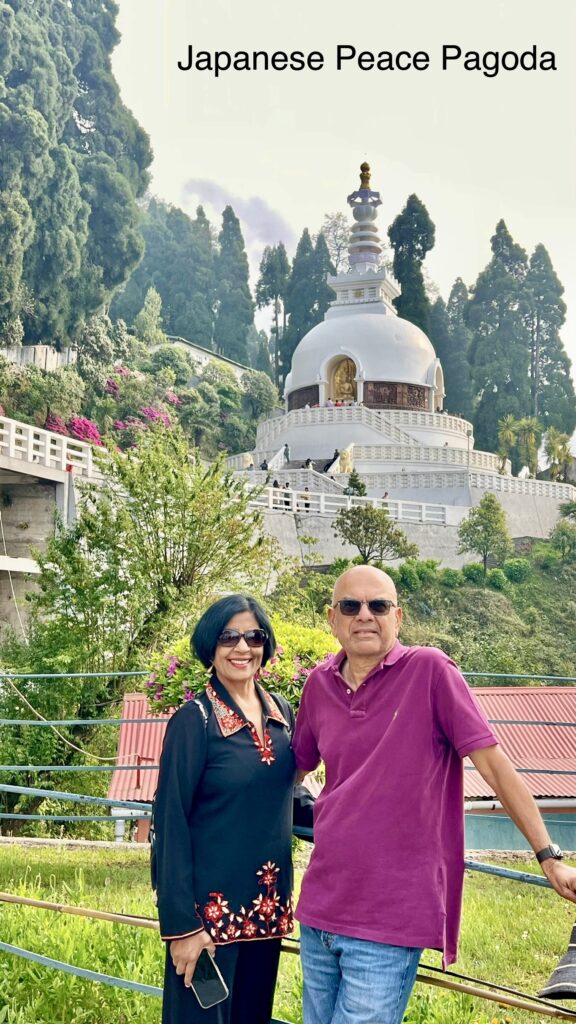
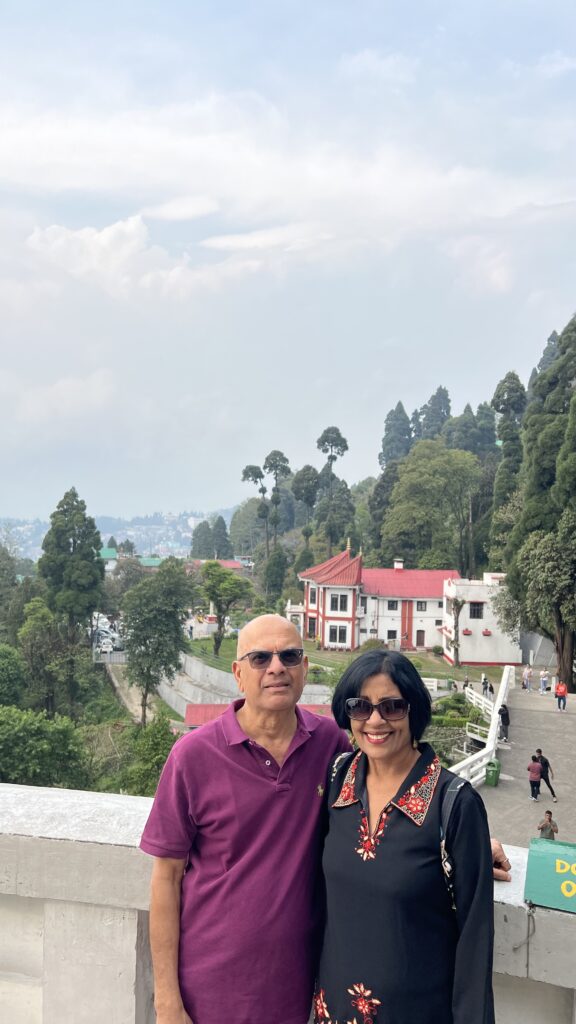
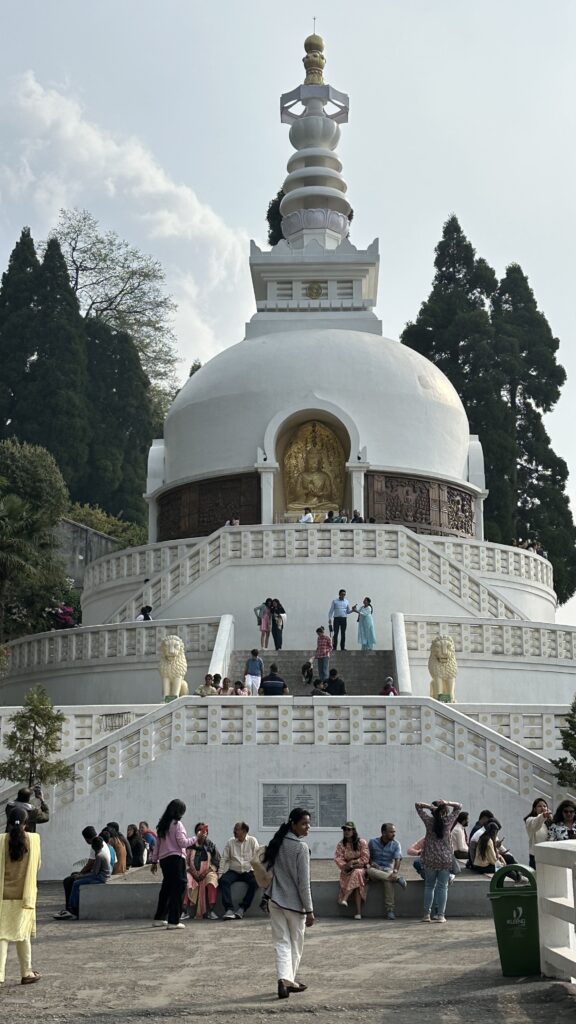
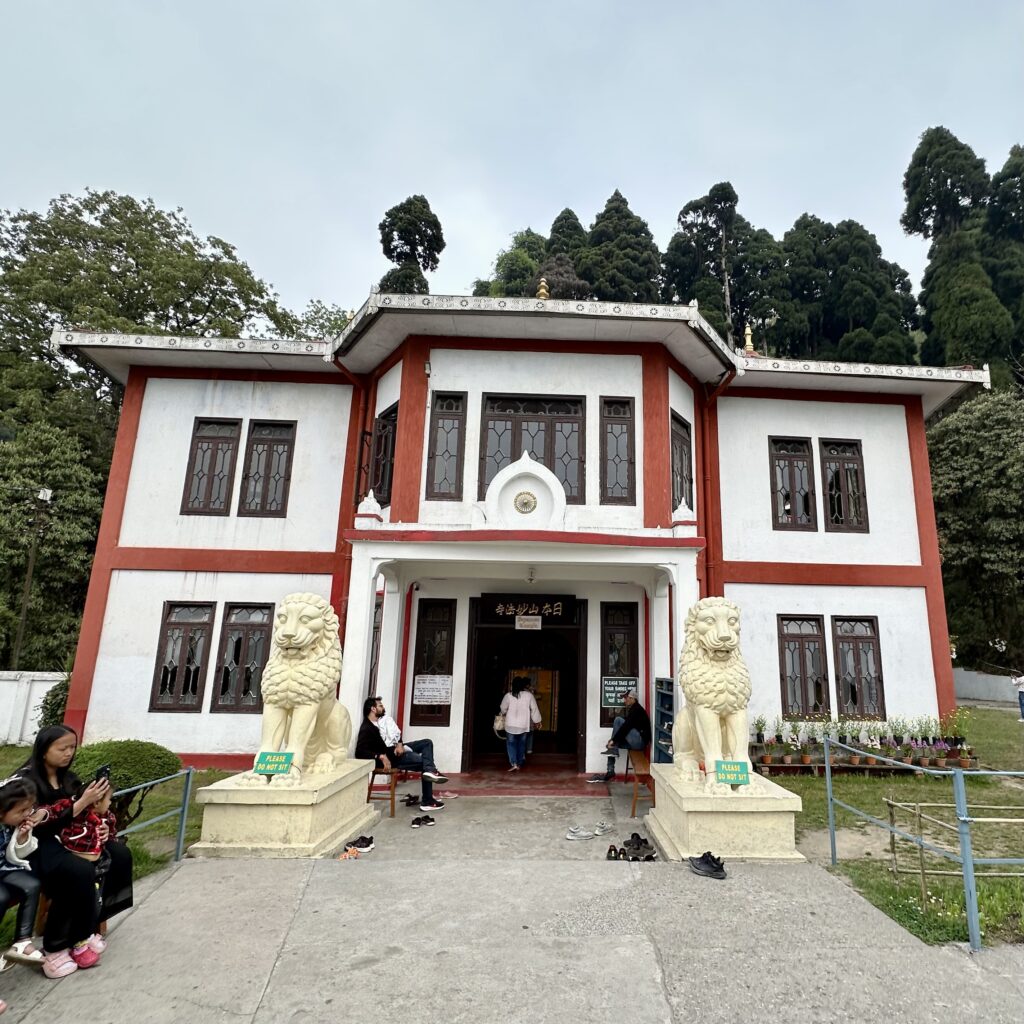
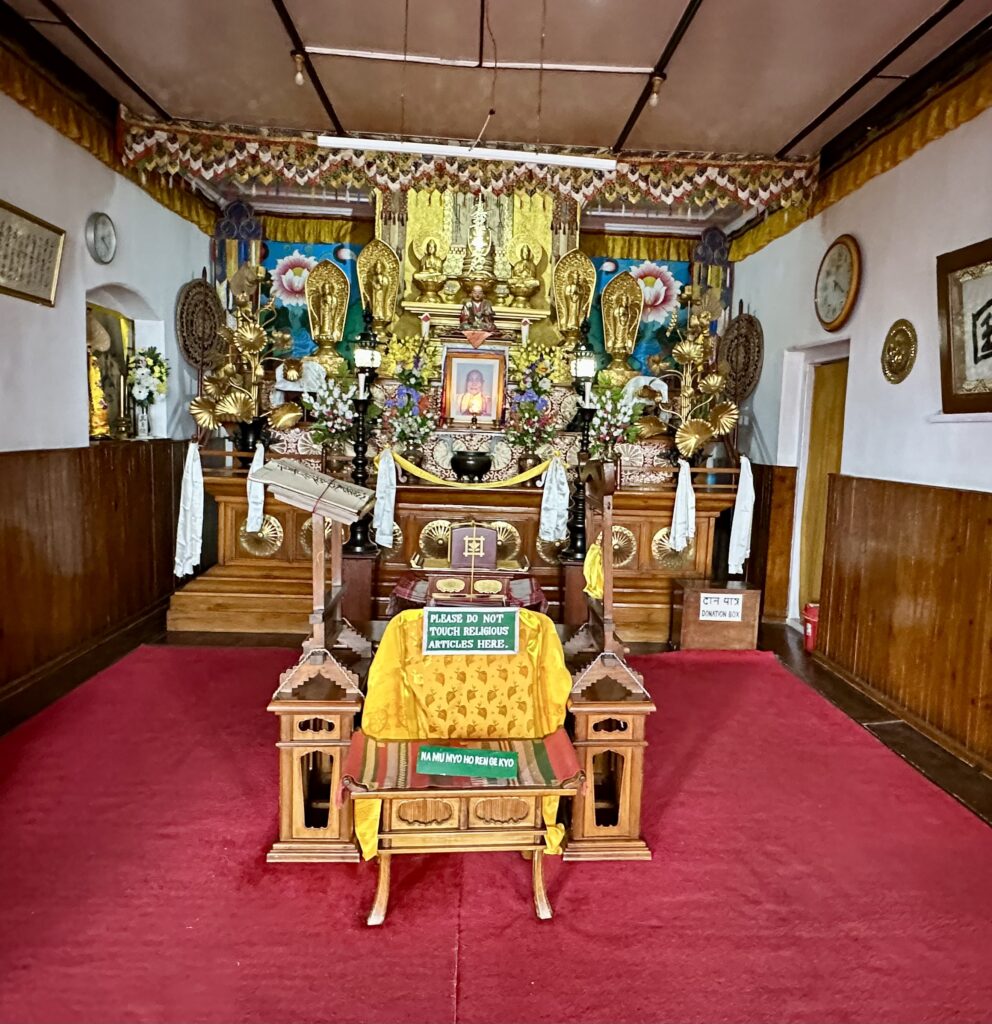
Happy Valley Tea Estate – This is Darjeeling’s 2nd oldest tea estate, established in 1854. Spread over 440 acres, it is situated at a height of 2,100m above sea level, 3 km north of city center, and employs more than 1500 people. The staff took us on a guided tour explaining the complex process of tea processing, including withering, rolling, oxidation, and drying. We then did a bit of tea tasting. My 2 cents : We have been to tea estates with better guided tours and tea tasting experience.
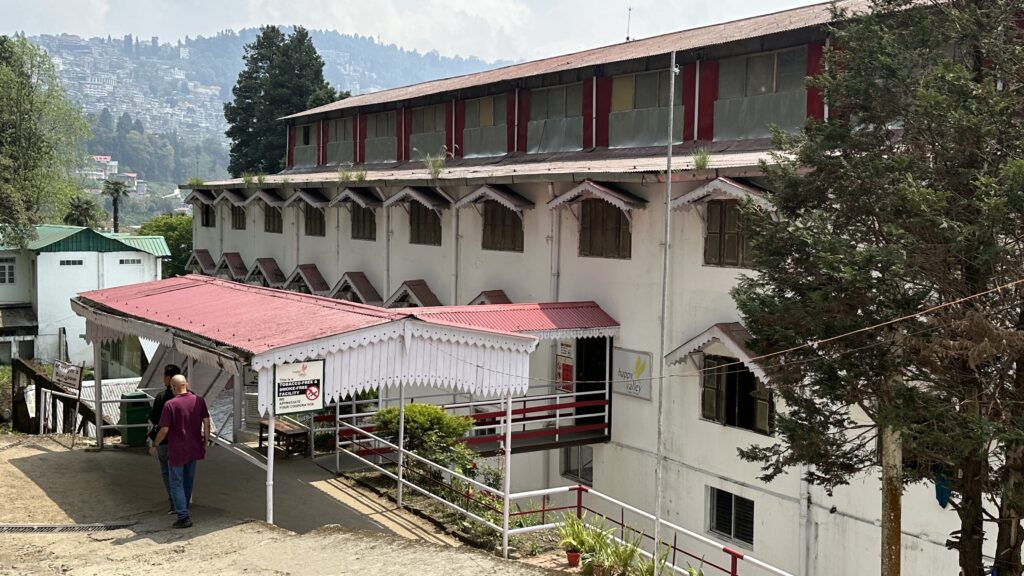
Darjeeling Tea Gardens – Darjeeling is known for its numerous tea gardens, many of which are located in the hills surrounding the town. While they might not be literally at every corner, the landscape is dotted with tea estates, making them a prominent feature of the area. As you drive around in Darjeeling, you will feel like stopping at every tea garden to take a picture since the scenery looks stunning.
